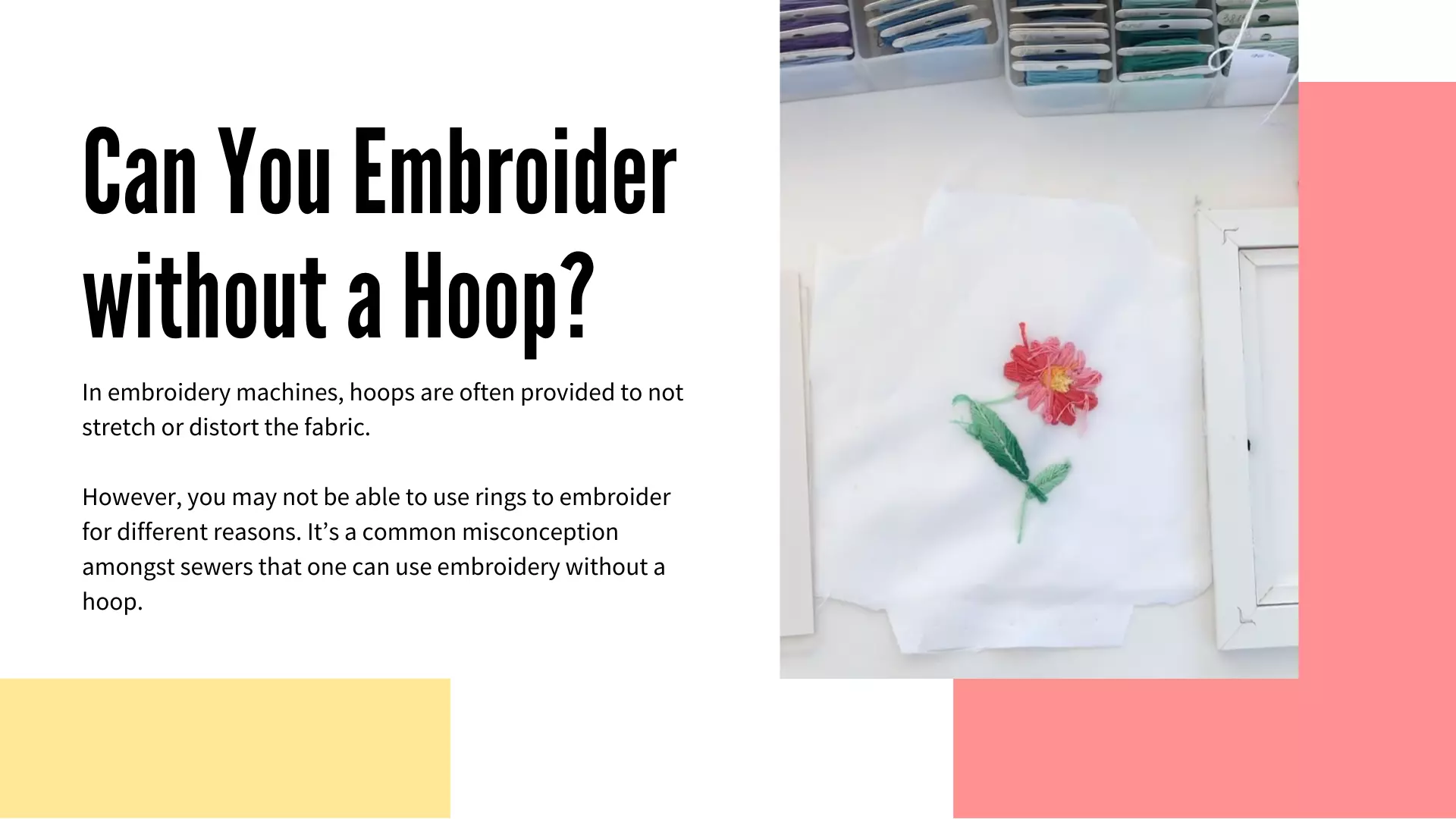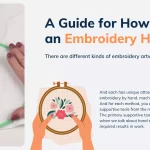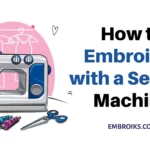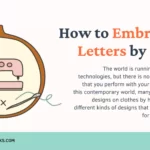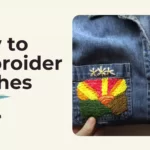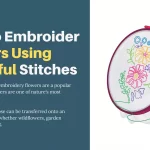Can You Embroider Without a Hoop?
In embroidery machines, hoops are often provided to not stretch or distort the fabric. However, you may not be able to use rings to embroider for different reasons. It’s a common misconception amongst sewers that one can use embroidery without a hoop. I’ll show you exactly how to do embroidery in a professional way.
Can You Embroider Without A Hoop?
Yes, you can embroider without a hoop. Hooping is mainly for stabilizing the embroidery. Using another method will stabilize it without requiring a ring to do your embroidery. To prevent your fabric from puckering and clamping, you need to maintain a decent level of tension.
Without A Hoop: How to Embroider:
The good news is that hoopless embroidery can be achieved using the right technique, regardless of your desire. As mentioned earlier, all you need to do is keep the tension required for hoopless embroidery at the right level. Scroll fabrics are an obvious option for maintaining embroidery tension. The benefit of scroll fabrics is that they are hand-free and effective for preserving fabric tension. This allows you to focus on other tasks without the worry of damaging or creasing your projects.
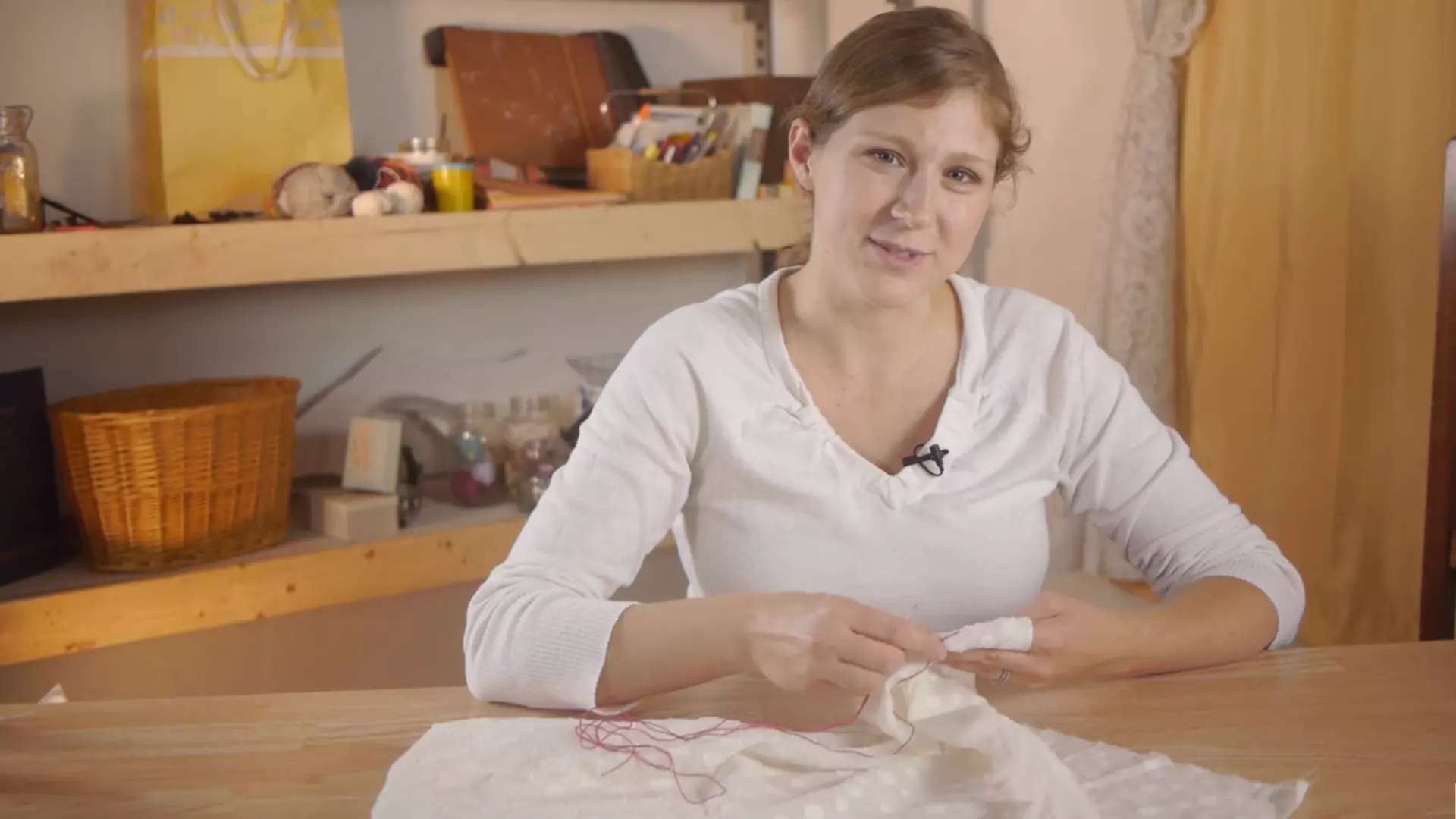
Using the right method, you can achieve the same stitching quality when you do hoopless embroidery, no matter your reasons. To maintain the right tension required for hoopless embroidery, all you need to do is find a way to keep the right pressure. Scroll fabric is an effective textile for maintaining embroidery tension. Scroll fabrics have the benefit of being hands-free and effectively maintaining fabric tension. The project will not crease or be damaged; as a result, you can place your attention elsewhere.
What Motivates People To Embroider Without A Hoop?
Even though hooping stabilizes your embroidery, there are certain instances where hooping can be most uncomfortable. Among them are:
Damage to the project can be prevented by:
There is always the possibility of creases, marks, or damage to your project if you embroider with hoops. Some sewers decide not to embroider with hoops because they don’t want to risk taking chances.
An Embroidery Guide for Difficult Areas:
People might decide not to embroider with hoops if they have to embroider on a small part of a fabric. When using a hoop, this area might not fit very easily. For instance, embroidering on a shirt’s collar might not work very well.
Surfaces of fabrics that are uneven:
It may be necessary to embroider over uneven fabric surfaces, such as the seam on a pair of blue jeans. In such cases, a project with a rough surface will be hard to fit into a hoop.
Fabric with a scroll design:
Maintaining fabric tension is easy by using a scroll fabric. Embroidery without a hoop is easy with this method. Using scroll fabric frames, the fabric can be rolled easily, and only a small portion of the fabric needs to be stitched. We can handle large projects with this method. The large size of these frames allows you to have a lot of embroidery space available. You can also start a business from home by choosing the Best Embroidery Machine for your Home Business. This machine gives you good stitch quality by ensuring that the fabric is properly tensioned. The hoopless embroidery method is extremely comfortable since it does not require hands. When stitching and embroidering with both hands, this method is extremely convenient.
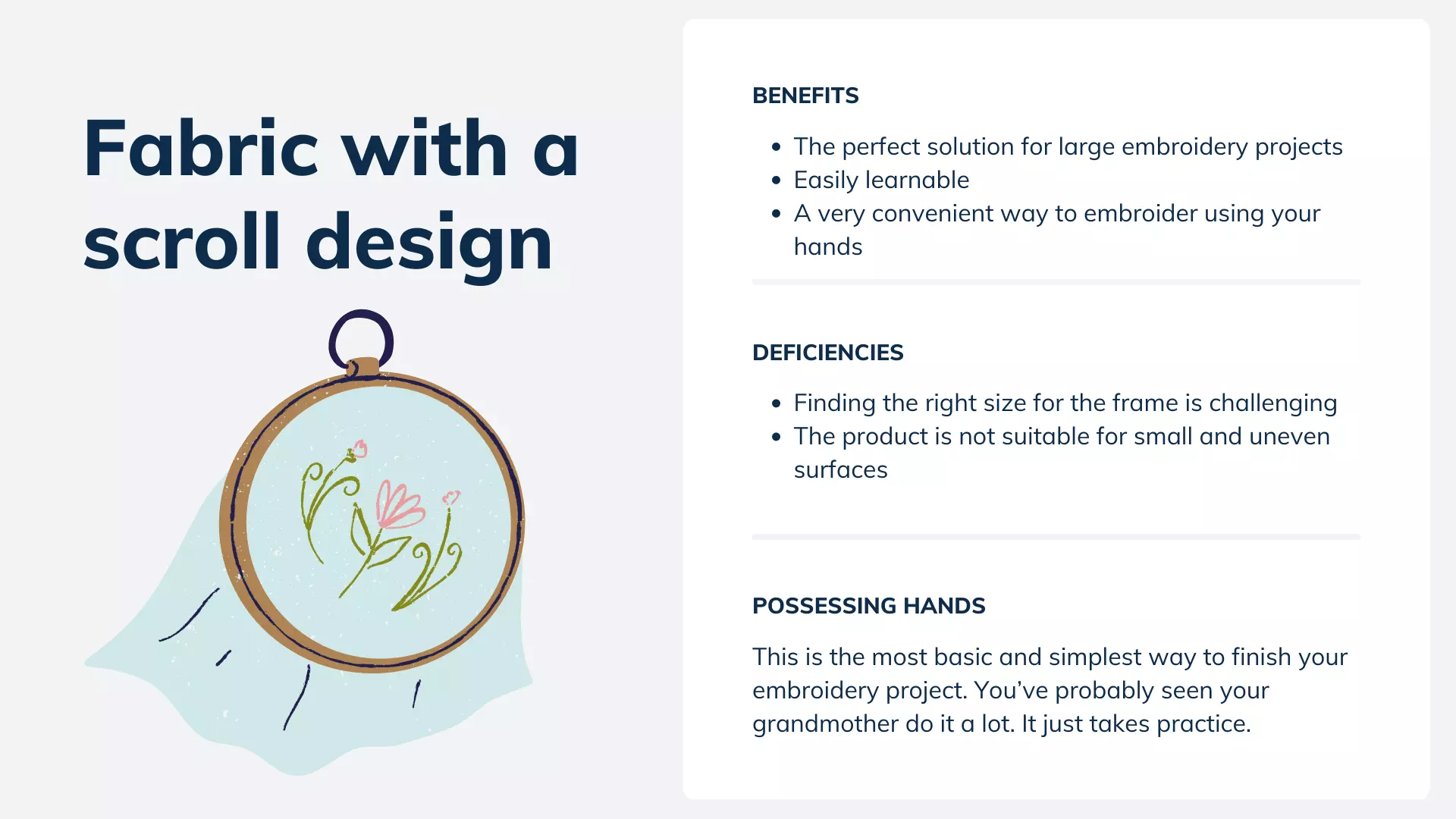
Benefits:
- The perfect solution for large embroidery projects
- Easily learnable
- A very convenient way to embroider using your hands
Deficiencies:
- Finding the right size for the frame is challenging
- The product is not suitable for small and uneven surfaces
Possessing Hands:
This is the most basic and simplest way to finish your embroidery project. You’ve probably seen your grandmother do it a lot. It just takes practice. Using one hand to hold the fabric tension as you embroider with your other hand will result in the best results when you practice hard. If you use your hands to embroider hopelessly, you will quickly learn to maintain tension on the fabric.
Your fingers will gradually feel more tension as you practice. The impressions you make on a piece of fabric while holding it can also be used to guide your stitching.
By eliminating hooping and frames, hoopless embroidery prevents fabrics from getting damaged. Working on hard surfaces like collars, pockets, and pants is particularly useful with this tool. You can embroider the item with one hand while holding it with the other. It may initially feel painful or uncomfortable, but once you master the technique, you’ll never want to embroider any other way.
I choose to embroider without a hoop because:
As mentioned, this project’s dominant stitch is the Hungarian Braided Chain Stitch, and it is a chunky stitch when worked with a heavier thread. It was clear that once the embroidery had filled in, I would be unable to pop the hoop easily on and off, and I would flatten the chunky stitch unless the hoop was bound and padded.
The most common reason for avoiding embroidery hoops is cost.
The daring part of the embroidery is choosing an embroidery hoop that suits your fabric best. Beginner embroiderers are not the only ones that encounter this challenge; experienced and professional embroiderers also face it. What exactly is the purpose of embroiderers spending so much time deciding which hoop to use? To prevent fabric damage, it is necessary to select the right hoop. As a consequence, you can also suffer a failure of the entire project. Size is the most important factor when matching a project.
Getting the wrong hoop size will create problems if you wind up using the wrong fabric. By changing the hoop appropriately, you can adjust the size repeatedly. It is not only the fabric but the stitches that will be damaged each time these adjustments are made. It is also impossible to use a hoop when embroidering a tiny area, such as the collar of a shirt. That is because the hoop cannot fit in such an intimate area. Additionally, the design will not work in the hoop frame if the embroidery project includes fabric with an uneven surface.
Embroidery hoops are difficult to use:
To attach the fabric to the hoop, you must use a hoop. When you connect the fabric to the hoop, you must know how tight or lose the attachment is. However, this step must be done carefully to avoid damage. This part must be performed accurately by following a list of steps. I have also a detailed guide about how to use embroidery hoop.
1. Get your hoop ready
It is important to consider the size of the embroidery and choose a suitable hoop accordingly.
2. The hoop needs to be loosened:
The hoop can be adjusted with a metallic screw opening. There are also times when the screw is plastic. Take away the hoop once it has been unscrewed.
3. Lay the fabric out as follows:
It is ideal for placing your fabric inside the inner ring of the embroidery hoop. The fabric must be evenly spread inside the hoop.
4. Put the outer ring on as follows:
All dimensions of the hoop should be covered by the fabric. As you tighten the screw, make sure the fabric remains in place. When the ring is closed, check that the fabric has been evenly spread and is intact.
The Fabric Should be secured in place as follows:
Lastly, the final tightening is checked. The hoop shouldn’t be too tight to prevent hoop marks. Furthermore, it shouldn’t be too loose to prevent the fabric from crumpling. Ensure that the fabric is securely in place; the last step is to tighten the final tie. Stitching should not be tight enough to leave hoop marks. On the other hand, it should also not be too loose to prevent the fabric from crumpling.
You can start your embroidery once all these steps have been completed. Detailed instructions are provided here on attaching the fabric to the hoop. It’s better to avoid using a hoop if you don’t want to go through this time-consuming process. Keep in mind that this is just one part of the process. Wouldn’t the whole thing be more difficult if it were too difficult? Instead of dealing with these issues, people prefer other options that take less time. If you are a first-timer, you will not be guaranteed to succeed despite following all these steps. Therefore, there are other options besides a hoop that should be considered.
Conclusion:
By now, you should be aware of how challenging it is to use hoops if you have read this guide carefully. It continues to be used by many because of the perfection it offers. On the other hand, people prefer hoops with less embroidery to eliminate all the difficulties in handling them. In addition, it can be seen that many alternative methods can be utilized instead of a hoop. However, none of them is 100% perfect. Now you can embroider in a variety of ways based on your preferences. You may have to make a different selection based on the type of embroidery you are doing. A needlework hoop is sometimes necessary to carry out several embroideries.
I hope you get all the information about how you can embroider without a hoop from this site. Let’s be great at your way of stitching!

